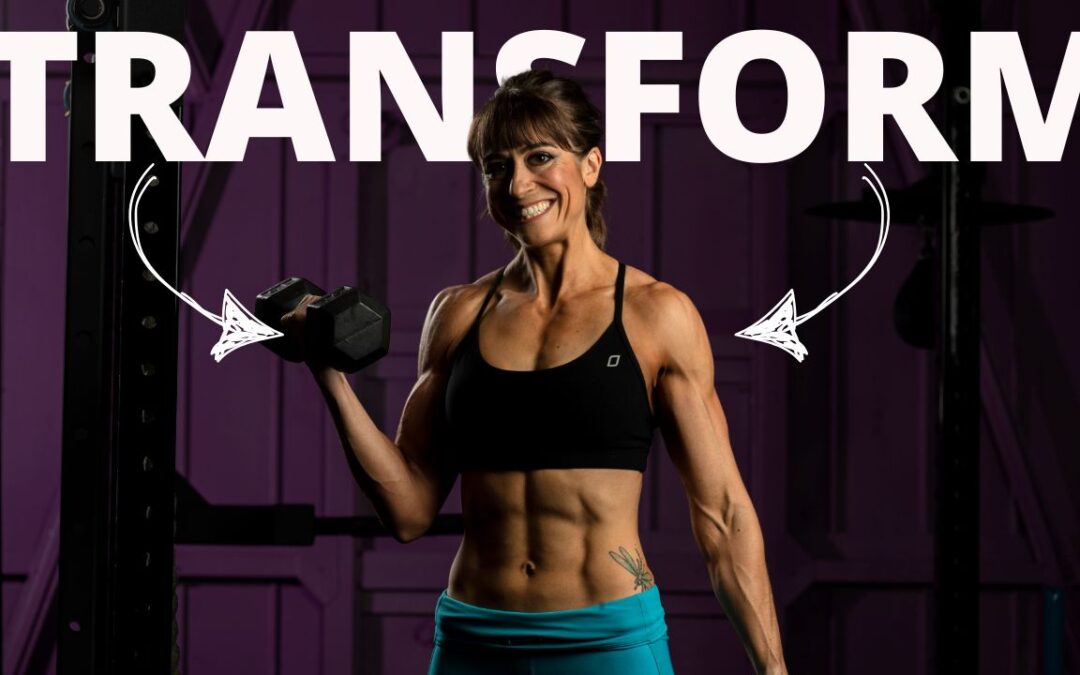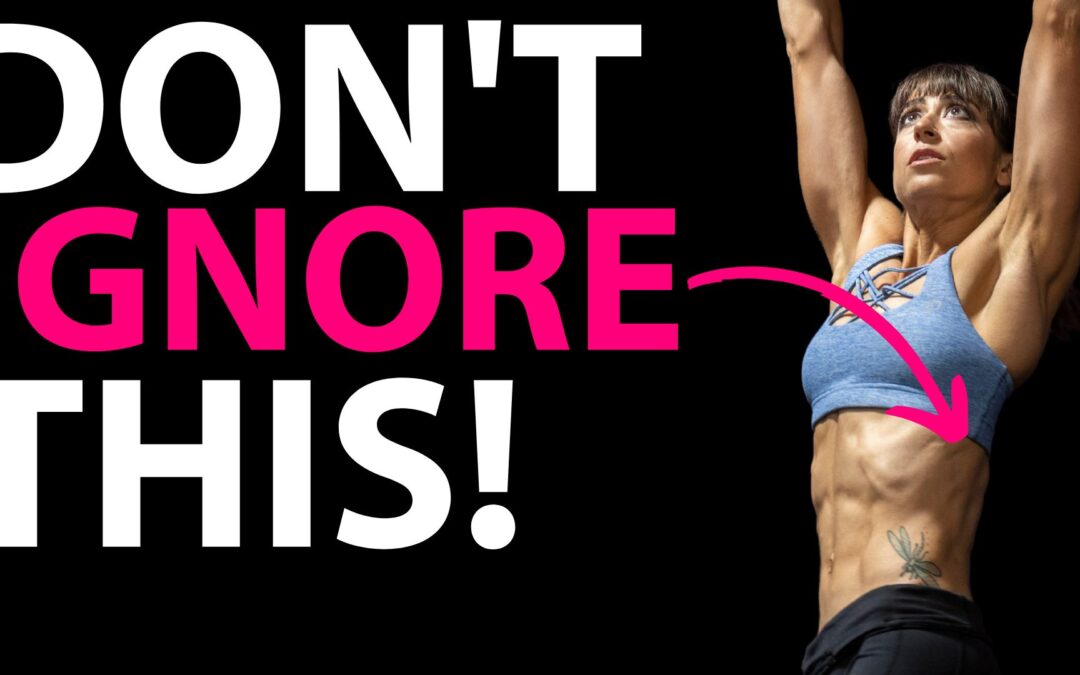
by Cori Lefkowith | Mar 2, 2025 | Blog, Exercises
I’m flattered that I tend to get a ton of compliments on my arms and shoulders. And because people seem to like them, I want to share the10 tips I think have helped me see fabulous arm definition. And I’ll tell you tip number one is not to include more arm isolation...

by Cori Lefkowith | Feb 27, 2025 | podcast
Listen: Change Requires CHANGE If you’re feeling stuck and know deep down that you could be doing better, don’t wait any longer. Your life is not going to change until you take action and make a bold move towards your goals. If you’re ready to take control of your...

by Cori Lefkowith | Feb 23, 2025 | Blog, Diet, Exercises
You want to build muscle and lose fat? Great! Here are 7 steps to adjust your diet and workouts to focus on body recomposition… Step 1: Determine your primary goal. Yes, you can achieve changes in both your muscle mass and fat mass at the same time. And this ideally...

by Cori Lefkowith | Feb 20, 2025 | podcast
Listen: Change Requires CHANGE If you’re feeling stuck and know deep down that you could be doing better, don’t wait any longer. Your life is not going to change until you take action and make a bold move towards your goals. If you’re ready to take control of your...

by Cori Lefkowith | Feb 17, 2025 | Blog, Exercises, Foam Rolling, Functional Fitness, Pain Relief, Stretches, Warm Up
When we create upper body workouts, we map in exercises for our chest, shoulders, back, biceps, triceps… But we too often don’t include moves for this essential muscle… The Serratus Anterior. And while no, this muscle isn’t going to be one we target with super heavy...






